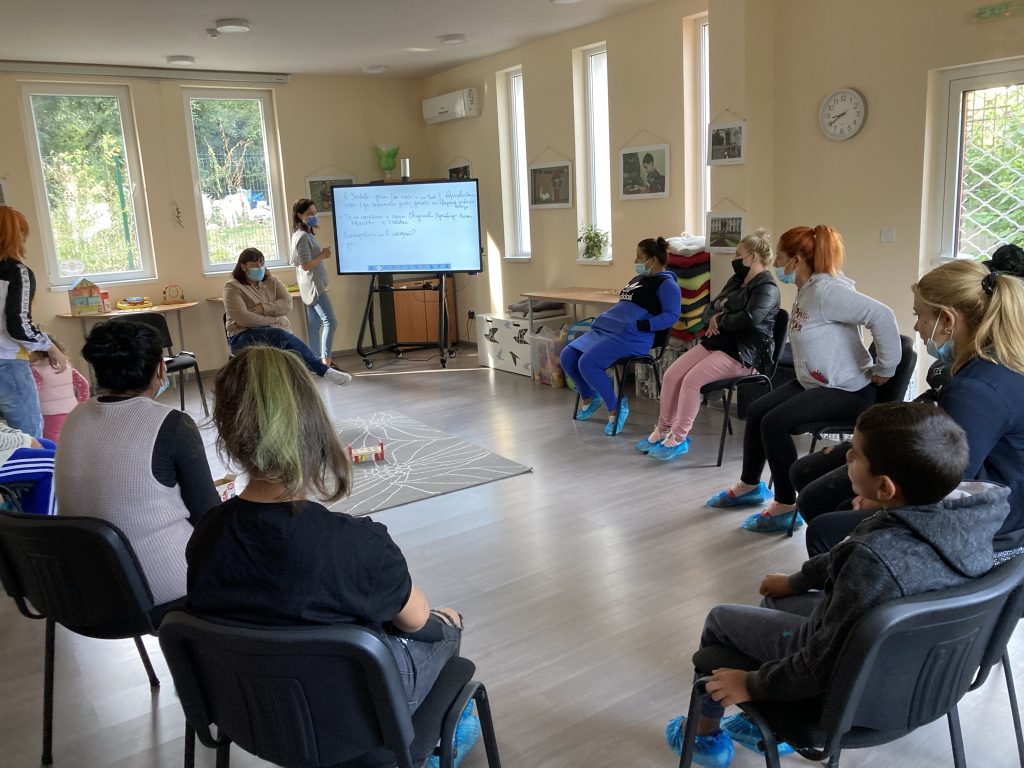Are you interested to know how young Roma use internet and how online activities influence their life?

HESED was really interested to know the answers to those questions. The responses of the young people inspired us to work on the adaptation of Popular Opinion Leader (POL) model and its transformation to a Model opinion leaders` online activation (MOLA).
Who did we address our questions?
Young mothers 17-23 years old from two big Roma neighborhoods in Sofia, Bulgaria.
What did they tell us?
Most of the participants shared that they do have access to internet, and they use it mainly through their phones. Some of them stated that they have a computer / laptop, but rarely use it. It was difficult for the young people to point how much time they spent on the Internet. Part of the difficulty in determining time comes from the fact that mothers with young children use the Internet to engage their child’s attention, making its use almost non-stop during the day. Anyhow all respondents answered that they use internet every day for at least one hour.
Online Activities
Facebook was mentioned by all participants both as the main media platform on which they maintain a personal profile, and as the platform that they mainly and most often use on the Internet. They use google mainly to search information about games, movies, and TV series. Some participants shared that they had booked a holiday online last year. Most of the respondents pointed that they use internet to be in contact with their relatives and friends who are abroad.
Young mothers use internet for shopping – cloths and shoes for the children and the family. But they also like to buy accessories for beauty (cosmetics) and home – carpets, curtains, plates. Some of them pointed out that they are believers and watch videos and content related to their Christian beliefs.
Only one young person pointed out that she searches for jobs through the internet. Only one person shared that she follows groups of mothers on Facebook, and that she finds the information shared there useful. Regarding the pandemic, vaccines and other topical issues, they did not appear to actively search the Internet, but said that information “came out” on social media.
Most of them shared that they had experiences with bad behavior online. They pointed out some popular examples for bad behavior that became popular through Tik-Tok and endanger peoples` lives, such as children swallowing magnet. Another similar example is a video with children laying down on footpaths in traffic. Some of the young people shared that they feel frustrated that they cannot use some of the online platforms because they find the access difficult.
Most examples of good things that are done with the help of social media / websites, etc. were related to donation campaigns and charity for various causes. Only one of the participants pointed out the opportunities for communication and finding useful information as an example of good things that can be done online.
What we`ve learned?
Internet is an essential part of everyday` life of young Roma women. They are consumers of digital content and that the main purpose of their internet use is entertainment and social contacts. They are very exposed to disinformation and fake news and lack health literacy and critical thinking for competent decision making on health issues based on information gained online. The young mothers are exposed to negative experiences online and need to improve their digital skills to improve their online wellbeing.
No Comments